Pompia is a semi-mountainous village and the seat of the homonymous community of the Municipality of Phaistos in the Heraklion Regional Unit of Crete. It is located in the Messara plain, at the foot of Mount Vigla of the Asterousia mountain range, at an altitude of 150 meters.
Historical References
Pompia’s roots likely extend back to the Minoan civilization, the flourishing Bronze Age culture that dominated Crete from around 2700 to 1450 BCE. Remnants of a Mesom Minoan settlement, including pottery fragments and wall structures, have been unearthed in the eastern part of the village, hinting at its early inhabitation. It’s speculated that during this era, the village may have been known as “Voivi,” though this remains a subject of scholarly debate.
The village’s current name, Pompia, along with its neighboring settlement Stavies, are believed to be linked to the Roman cities of Pompeii and Stabiae, tragically destroyed by the eruption of Mount Vesuvius in 79 AD. This connection suggests a possible Roman presence or influence in the area, perhaps during the Roman conquest of Crete in 69 BC. The adoption of these names may reflect a desire to commemorate these lost cities or signify a connection to the broader Roman world.
Throughout the Venetian and Ottoman periods, Pompia emerged as a significant settlement in the Messara plain. The village’s strategic location, fertile surroundings, and access to trade routes likely contributed to its prosperity. Historical records from these eras, including tax registers and census data, provide insights into Pompia’s population size, economic activities, and social structure. The village’s prominent role is further highlighted by the construction of a grand Venetian mansion, known as “konaki,” showcasing architectural elements characteristic of the period.
The 19th century marked a turbulent period in Cretan history, with repeated uprisings against Ottoman rule. Pompia played an active part in this struggle, as evidenced by the prominent role of Michael Korakas, a local warlord who fought for Cretan independence. The establishment of one of Crete’s first schools in Pompia during this time signifies the village’s commitment to education and progress even amidst political turmoil..
Location
Nestled in the fertile Messara plain, Pompia sits at the foot of Mount Vigla, part of the Asterousia mountain range in southern Crete. This strategic location offered the village access to agricultural resources and a degree of natural protection. Its proximity to Phaistos, an important Minoan palace center, also hints at its historical significance.
Population Over the Years
Year |
Population |
|---|---|
1583 |
399 |
1671 |
~655-786 (estimated based on tax records) |
1834 |
~250 (estimated based on 50 Christian families) |
1881 |
838 |
1900 |
1109 |
2001 |
896 |
2011 |
1038 |
Historical Significance
While the village’s origins may stretch back to the Minoan era, its prominence during the Venetian and Ottoman periods is evident from historical records. The village also played a role in the Cretan struggle for independence, being the birthplace of the revolutionary leader Michael Korakas. The establishment of one of the first schools in Crete in Pompia during the 19th century underscores its commitment to education and progress.
Current Status
Today, Pompia thrives as a semi-mountainous village, serving as the administrative center for its local community within the Municipality of Phaistos. The village has a regional medical clinic, a primary school, a kindergarten, a high school, and a lyceum. Also, the KE.PE.P. Pompia, a closed-type welfare institution, has been operating for several years, making a significant contribution to the field of social welfare.
In the field of sports, Pompia is represented by the Athletic Club “Korakas”, the oldest sports club in Messara, which participates in the championships of E.P.S. Heraklion. In addition, the Athletic Club of Messara “Captain Michalis Korakas”, based in Pompia, is active in the sport of fencing.
Village Key Points
- Historical References: First written mention in 1300 as Bombea. Also mentioned in documents from 1364 and 1393.
- Location: Messara plain, at the foot of Mount Vigla, Asterousia mountain range.
- Altitude: 150 meters.
- Historical Significance: Possibly a settlement from the Minoan era. Birthplace of the warlord Michael Korakas.
- Current Status: Semi-mountainous village, seat of the homonymous community of the Municipality of Phaistos. It has schools, a medical clinic, sports facilities, and a welfare institution.
Access
Pompia is 11.3 kilometers away from the town Tympaki and 4.5 kilometers away from Moires















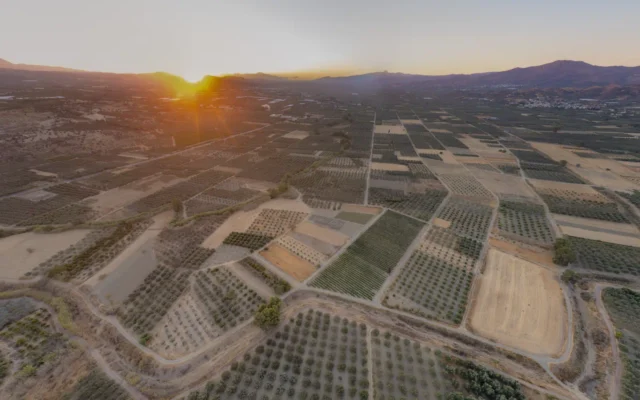


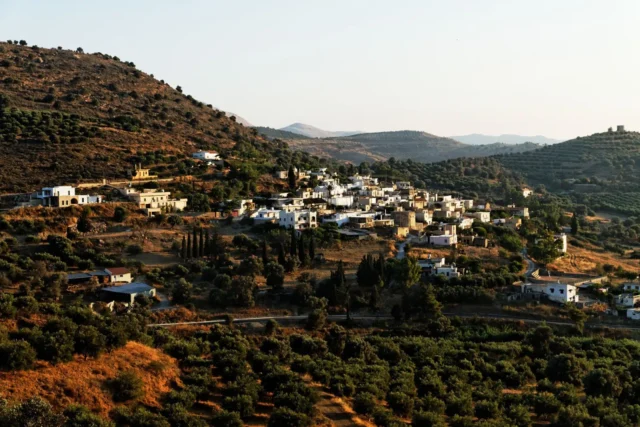


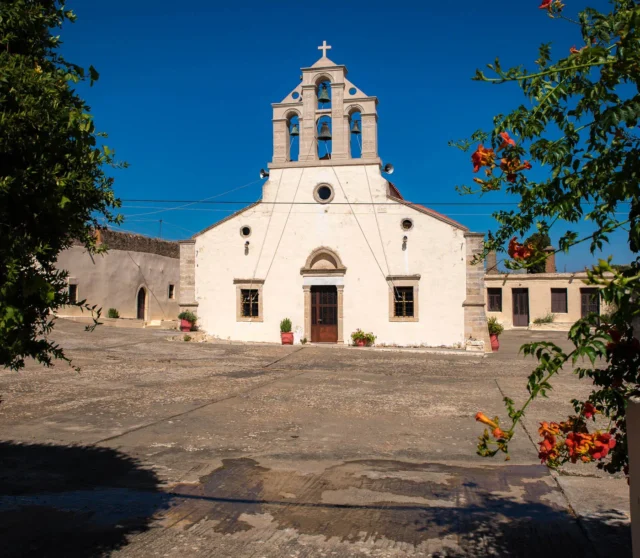
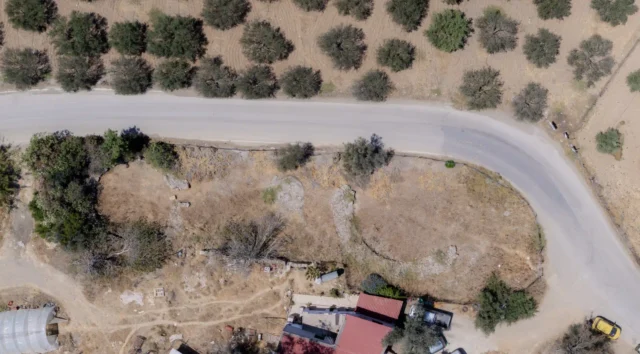
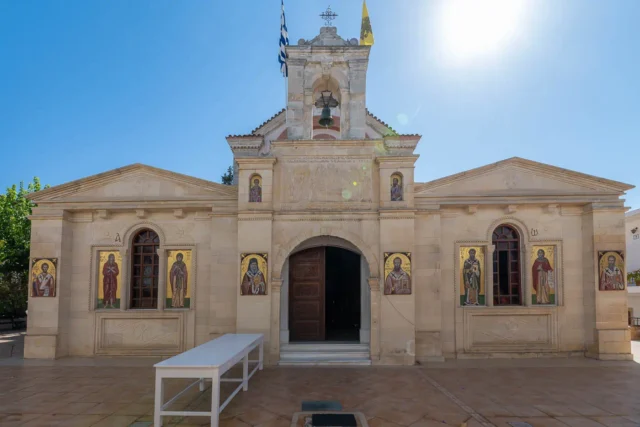

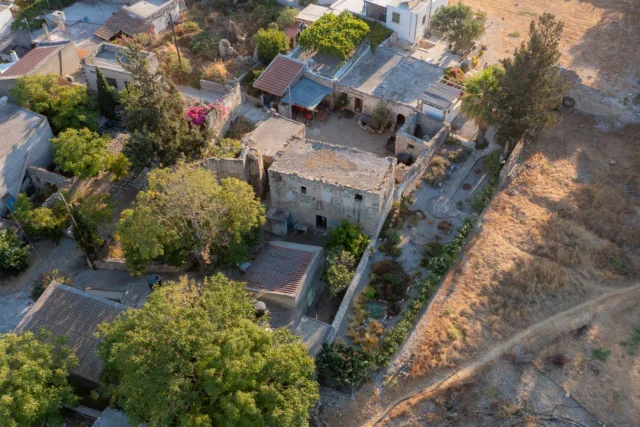
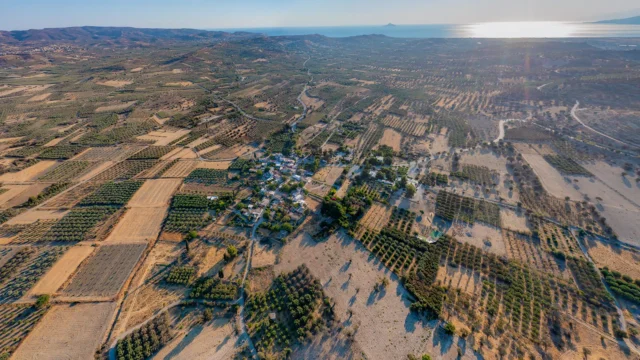
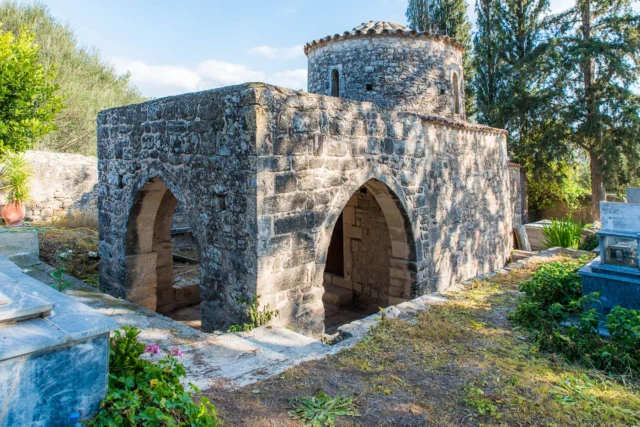
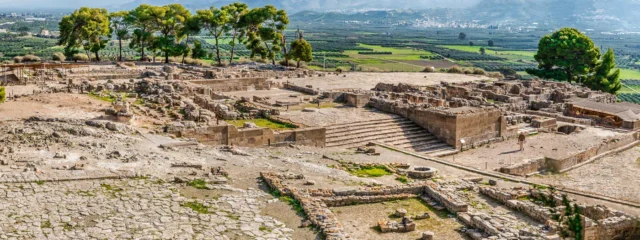

There are no comments yet.